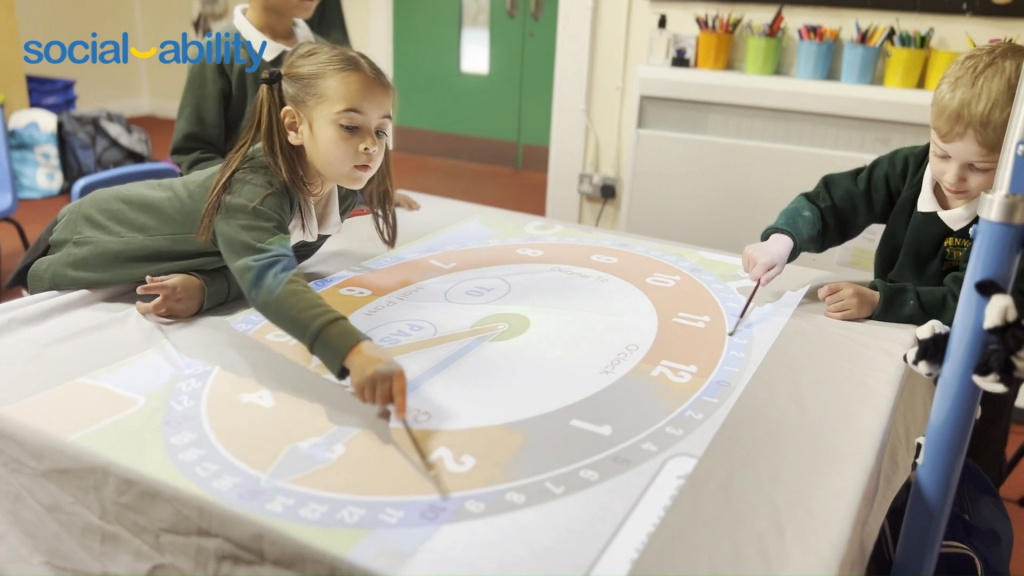
As schools across the UK welcome students back, it’s important to consider how children with Special Educational Needs and Disabilities cope with transitions. There are 1.6 million children classified as SEND in the UK. After a long break, new routines and changes to their environment can be a challenge, so it’s up to schools to ease them gently back into full-time education.
Interactive light technology can help. Screens or projectors with special software allow people to engage with light that is cast onto a surface using a screen or projector. Children can interact through touch, gestures or other physical movements. They might think they are playing and just having fun but they are in fact learning new skills.
Schools can increase their students' motivation by selecting images that resonate with them. This could include their favourite football team, pets, their local gym, the best holiday ever. Whatever matters to them can come to life with colour and light.
This is not a new technology. However, its use for activities to engage people who have additional needs is relatively recent and is gaining in popularity. By controlling the environments teachers can ensure that the experiences are engaging, educational and therapeutic.
Increasing comfort for SEND students

Besides delivering the curriculum education, schools must ensure that their students are happy, fulfilled, and comfortable. Due to differing physical and sensory needs, providing that happiness and sense of fulfilment at school can be daunting for teachers. That’s where interactive light technology can help.